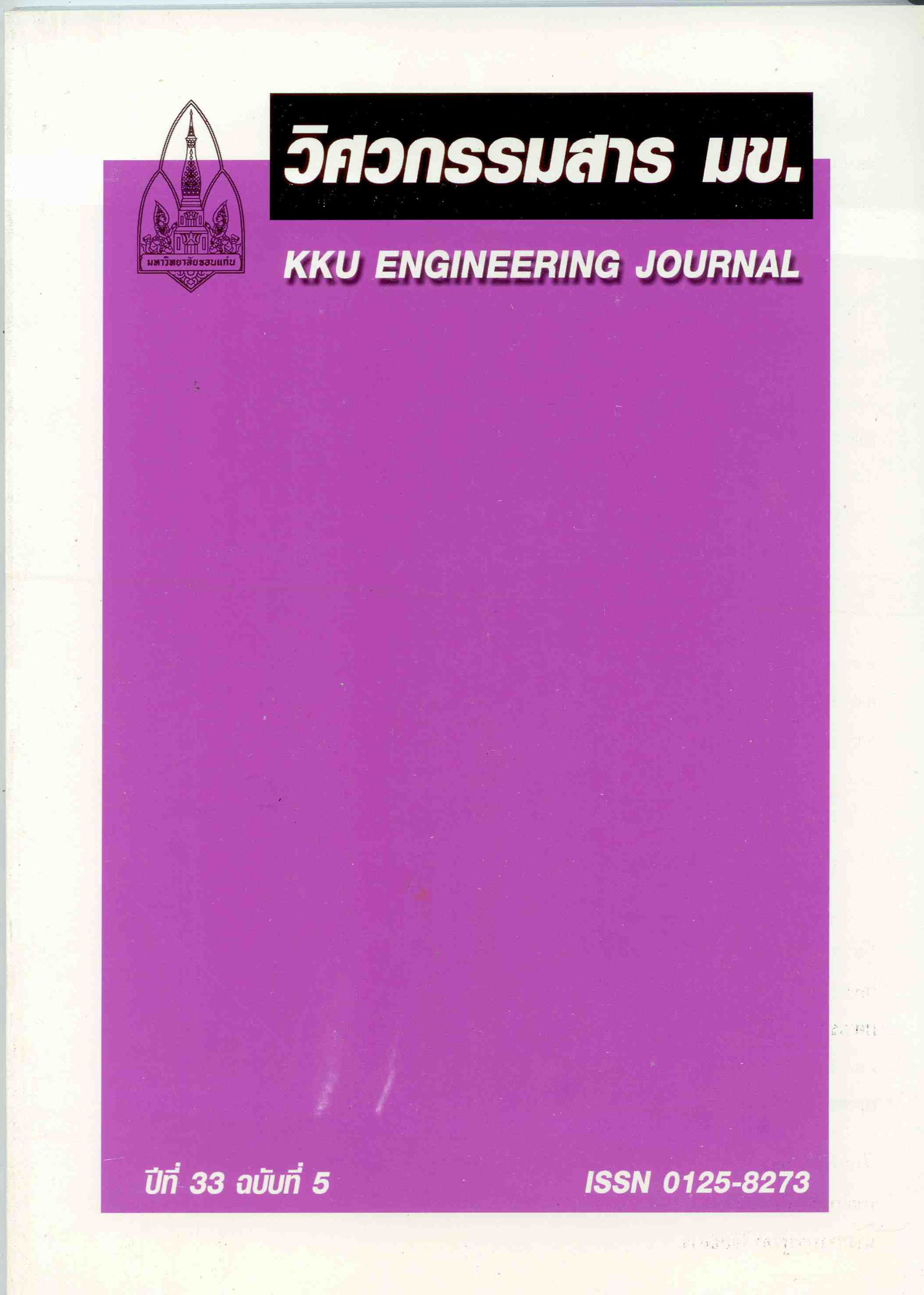Engineering Aspects of Biological Studies on Mobile Phone Safety
Main Article Content
Abstract
There exists considerable public concern that radiofrequency energy from handheld mobile
phones might cause adverse health effects, such as cancer, to users. Although there are no persuasive
scientific data suggesting a health risk, media coverage on this issue has frequently been made over
the past decade. The media reports have prompted scientists in many countries to carry out studies on
the safety and safe use of mobile phones. In carrying out laboratory studies of the biological effects
of radiofrequency energy, engineering aspects play a fundamental role in the quality, reproducibility
and reliability of data. These aspects include the design and evaluation of systems for exposing cell
cultures and live animals to radiofrequency energy. Exposure systems are often designed to
accommodate requirements for the control of environmental conditions and exposure levels
(dosimetric quantities). In this paper, systems for exposing cell cultures and live animals at 1.9 GHz,
developed by scientists at Health Canada, are discussed.
phones might cause adverse health effects, such as cancer, to users. Although there are no persuasive
scientific data suggesting a health risk, media coverage on this issue has frequently been made over
the past decade. The media reports have prompted scientists in many countries to carry out studies on
the safety and safe use of mobile phones. In carrying out laboratory studies of the biological effects
of radiofrequency energy, engineering aspects play a fundamental role in the quality, reproducibility
and reliability of data. These aspects include the design and evaluation of systems for exposing cell
cultures and live animals to radiofrequency energy. Exposure systems are often designed to
accommodate requirements for the control of environmental conditions and exposure levels
(dosimetric quantities). In this paper, systems for exposing cell cultures and live animals at 1.9 GHz,
developed by scientists at Health Canada, are discussed.
Article Details
How to Cite
Thansandote, A., Gajda, G., McNamee, J., Lemay, E., & Bellier, P. (2013). Engineering Aspects of Biological Studies on Mobile Phone Safety. Engineering and Applied Science Research, 33(5), 443–457. retrieved from https://ph01.tci-thaijo.org/index.php/easr/article/view/6009
Issue
Section
ORIGINAL RESEARCH
This work is licensed under a Creative Commons Attribution-NonCommercial-NoDerivatives 4.0 International License.



